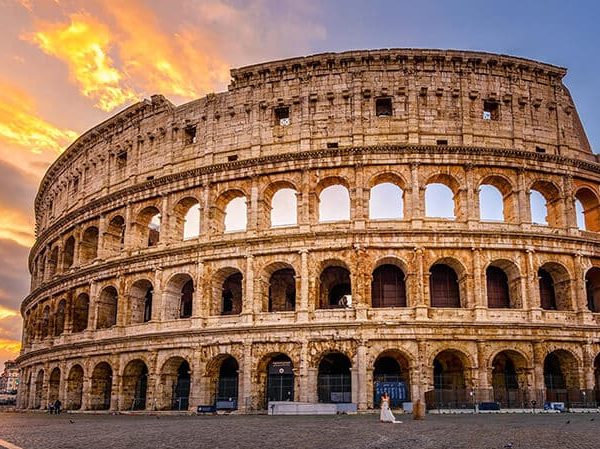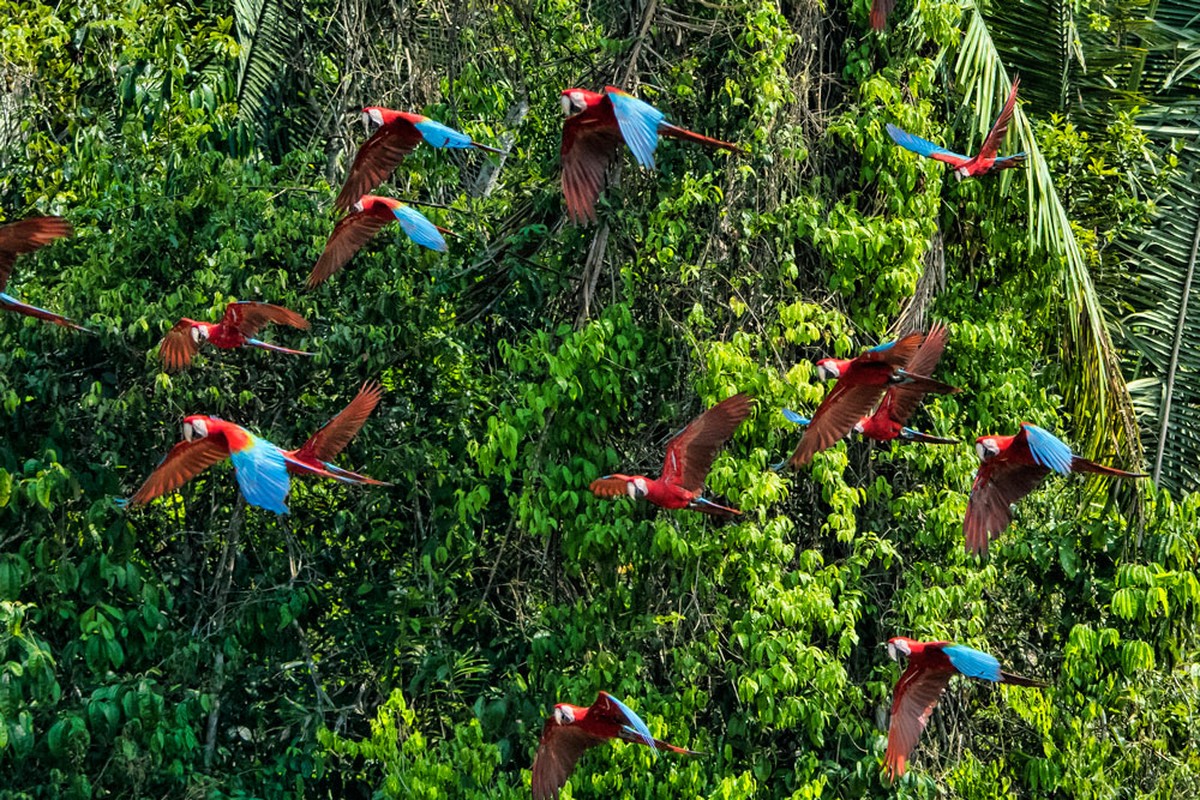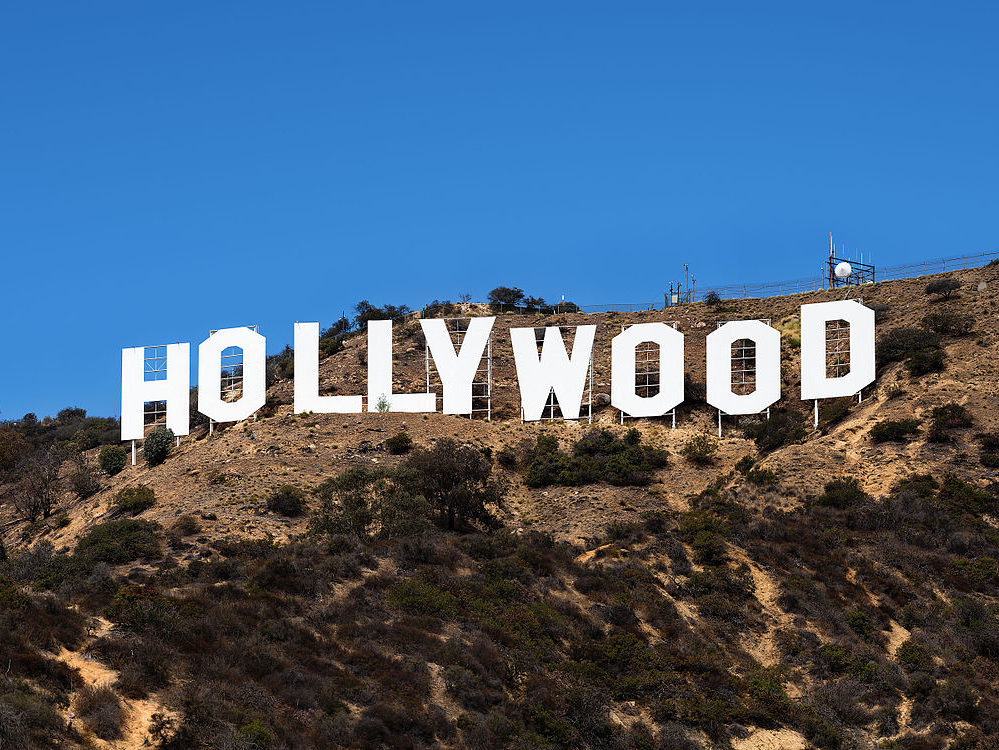New Zealand
New Zealand is an island country in the southwestern Pacific Ocean. It consists of two main landmasses—the North Island (Te Ika-a-Māui) and the South Island (Te Waipounamu)—and over 700 smaller islands, covering a total area of 268,021 square kilometres (103,500 sq mi). New Zealand is about 2,000 kilometres (1,200 mi) east of Australia across the Tasman Sea and 1,000 kilometres (600 mi) south of the islands of New Caledonia, Fiji, and Tonga. The country’s varied topography and sharp mountain peaks, including the Southern Alps, owe much to tectonic uplift and volcanic eruptions. New Zealand’s capital city is Wellington, and its most populous city is Auckland.
Owing to their remoteness, the islands of New Zealand were the last large habitable landmass to be settled by humans. Between about 1280 and 1350, Polynesians began to settle in the islands and then developed a distinctive Māori culture. In 1642, the Dutch explorer Abel Tasman became the first European to sight and record New Zealand. In 1840, representatives of the United Kingdom and Māori chiefs signed the Treaty of Waitangi, which declared British sovereignty over the islands. In 1841, New Zealand became a colony within the British Empire, and in 1907 it became a dominion; it gained full statutory independence in 1947, and the British monarch remained the head of state. Today, the majority of New Zealand’s population of 5 million is of European descent; the indigenous Māori are the largest minority, followed by Asians and Pacific Islanders. Reflecting this, New Zealand’s culture is mainly derived from Māori and early British settlers, with recent broadening of culture arising from increased immigration. The official languages are Māori and New Zealand Sign Language, with English being dominant and a de facto official language.
A developed country, New Zealand ranks highly in international comparisons of national performance, such as quality of life, education, protection of civil liberties, government transparency, and economic freedom. New Zealand underwent major economic changes during the 1980s, which transformed it from a protectionist to a liberalised free-trade economy. The service sector dominates the national economy, followed by the industrial sector, and agriculture. International tourism is also a significant source of revenue. Nationally, legislative authority is vested in an elected, unicameral Parliament, while executive political power is exercised by the Cabinet, led by the prime minister, currently Jacinda Ardern. Queen Elizabeth II is the country’s monarch and is represented by the governor-general. In addition, New Zealand is organised into 11 regional councils and 67 territorial authorities for local government purposes. The Realm of New Zealand also includes Tokelau (a dependent territory); the Cook Islands and Niue (self-governing states in free association with New Zealand); and the Ross Dependency, which is New Zealand’s territorial claim in Antarctica.
New Zealand is a member of the United Nations, Commonwealth of Nations, ANZUS, OECD, ASEAN Plus Six, Asia-Pacific Economic Cooperation, the Pacific Community and the Pacific Islands Forum.
Etymology
The first European visitor to New Zealand, Dutch explorer Abel Tasman, named the islands Staten Land, believing they were part of the Staten Landt that Jacob Le Maire had sighted off the southern end of South America. Hendrik Brouwer proved that the South American land was a small island in 1643, and Dutch cartographers subsequently renamed Tasman’s discovery Nova Zeelandia from Latin, after the Dutch province of Zeeland. This name was later anglicised to New Zealand. It has no relationship to Zealand in Denmark.
This was written as Nu Tireni in the Māori language. In 1834 a document written in Māori and entitled “He Wakaputanga o te Rangatiratanga o Nu Tireni” was translated into English and became the Declaration of the Independence of New Zealand. It was prepared by Te W(h)akaminenga o Nga Rangatiratanga o Nga Hapu o Nu Tireni, the United Tribes of New Zealand, and a copy was sent to King William IV who had already acknowledged the flag of the United Tribes of New Zealand, and who recognised the declaration in a letter from Lord Glenelg.
Aotearoa is the current Māori name for New Zealand. It is unknown whether Māori had a name for the whole country before the arrival of Europeans; Aotearoa originally referred to just the North Island. Māori had several traditional names for the two main islands, including Te Ika-a-Māui (‘the fish of Māui’) for the North Island and Te Waipounamu (‘the waters of greenstone’) or Te Waka o Aoraki (‘the canoe of Aoraki’) for the South Island. Early European maps labelled the islands North (North Island), Middle (South Island) and South (Stewart Island / Rakiura). In 1830, mapmakers began to use “North” and “South” on their maps to distinguish the two largest islands, and by 1907 this was the accepted norm. The New Zealand Geographic Board discovered in 2009 that the names of the North Island and South Island had never been formalised, and names and alternative names were formalised in 2013. This set the names as North Island or Te Ika-a-Māui, and South Island or Te Waipounamu. For each island, either its English or Māori name can be used, or both can be used together. Similarly the Māori and English names for the whole country are sometimes used together (Aotearoa New Zealand); however, this has no official recognition.
Climate
New Zealand’s climate is predominantly temperate maritime (Köppen: Cfb), with mean annual temperatures ranging from 10 °C (50 °F) in the south to 16 °C (61 °F) in the north. Historical maxima and minima are 42.4 °C (108.32 °F) in Rangiora, Canterbury and − 25.6 °C (−14.08 °F) in Ranfurly, Otago. Conditions vary sharply across regions from extremely wet on the West Coast of the South Island to semi-arid in Central Otago and the Mackenzie Basin of inland Canterbury, and subtropical in Northland. Of the seven largest cities, Christchurch is the driest, receiving on average only 618 millimetres (24.3 in) of rain per year and Wellington the wettest, receiving almost twice that amount. Auckland, Wellington and Christchurch all receive a yearly average of more than 2,000 hours of sunshine. The southern and southwestern parts of the South Island have a cooler and cloudier climate, with around 1,400–1,600 hours; the northern and northeastern parts of the South Island are the sunniest areas of the country and receive about 2,400–2,500 hours. The general snow season is early June until early October, though cold snaps can occur outside this season. Snowfall is common in the eastern and southern parts of the South Island and mountain areas across the country.
The table below lists climate normals for the warmest and coldest months in New Zealand’s six largest cities. North Island cities are generally warmest in February. South Island cities are warmest in January.
Language
English is the predominant language in New Zealand, spoken by 95.4% of the population. New Zealand English is similar to Australian English, and many speakers from the Northern Hemisphere are unable to tell the accents apart. The most prominent differences between the New Zealand English dialect and other English dialects are the shifts in the short front vowels: the short-i sound (as in kit) has centralised towards the schwa sound (the a in comma and about); the short-e sound (as in dress) has moved towards the short-i sound; and the short-a sound (as in trap) has moved to the short-e sound.
After the Second World War, Māori were discouraged from speaking their own language (te reo Māori) in schools and workplaces, and it existed as a community language only in a few remote areas. It has recently undergone a process of revitalisation, being declared one of New Zealand’s official languages in 1987, and is spoken by 4.0% of the population. There are now Māori language-immersion schools and two television channels that broadcast predominantly in Māori. Many places have both their Māori and English names officially recognised.
As recorded in the 2018 census, Samoan is the most widely spoken non-official language (2.2%), followed by “Northern Chinese” (including Mandarin, 2.0%), Hindi (1.5%), and French (1.2%). New Zealand Sign Language was reported to be understood by 22,986 people (0.5%); it became one of New Zealand’s official languages in 2006.
Culture
Early Māori adapted the tropically based east Polynesian culture in line with the challenges associated with a larger and more diverse environment, eventually developing their own distinctive culture. Social organisation was largely communal with families (whānau), subtribes (hapū) and tribes (iwi) ruled by a chief (rangatira), whose position was subject to the community’s approval. The British and Irish immigrants brought aspects of their own culture to New Zealand and also influenced Māori culture, particularly with the introduction of Christianity. However, Māori still regard their allegiance to tribal groups as a vital part of their identity, and Māori kinship roles resemble those of other Polynesian peoples. More recently, American, Australian, Asian and other European cultures have exerted influence on New Zealand. Non-Māori Polynesian cultures are also apparent, with Pasifika, the world’s largest Polynesian festival, now an annual event in Auckland.
The largely rural life in early New Zealand led to the image of New Zealanders being rugged, industrious problem solvers. Modesty was expected and enforced through the “tall poppy syndrome”, where high achievers received harsh criticism. At the time, New Zealand was not known as an intellectual country. From the early 20th century until the late 1960s, Māori culture was suppressed by the attempted assimilation of Māori into British New Zealanders. In the 1960s, as tertiary education became more available, and cities expanded urban culture began to dominate. However, rural imagery and themes are common in New Zealand’s art, literature and media.
New Zealand’s national symbols are influenced by natural, historical, and Māori sources. The silver fern is an emblem appearing on army insignia and sporting team uniforms. Certain items of popular culture thought to be unique to New Zealand are called “Kiwiana”.
Cuisine
The national cuisine has been described as Pacific Rim, incorporating the native Māori cuisine and diverse culinary traditions introduced by settlers and immigrants from Europe, Polynesia, and Asia. New Zealand yields produce from land and sea—most crops and livestock, such as maize, potatoes and pigs, were gradually introduced by the early European settlers.[389] Distinctive ingredients or dishes include lamb, salmon, kōura (crayfish), Bluff oysters, whitebait, pāua (abalone), mussels, scallops, pipi and tuatua (types of New Zealand shellfish), kūmara (sweet potato), kiwifruit, tamarillo, and pavlova (considered a national dessert). A hāngi is a traditional Māori method of cooking food using heated rocks buried in a pit oven; still used for large groups on special occasions, such as tangihanga.
Categories: Oceania
More Lifehack Videos





